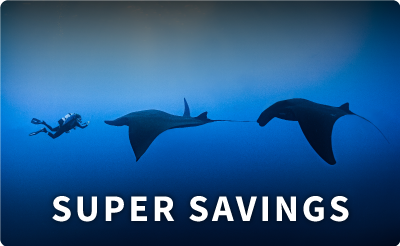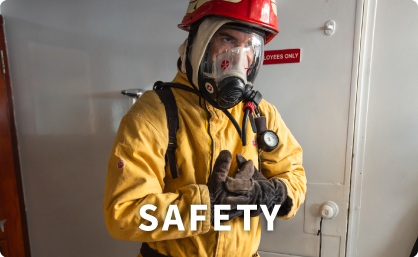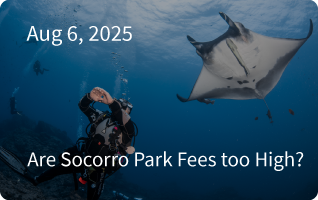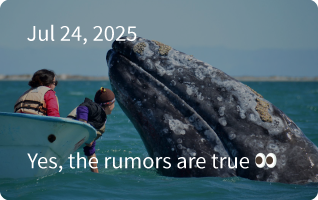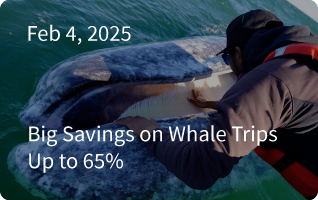
A great white shark near Guadalupe Island off the coast of Mexico. / ©Andrew Brandy Casagrande, The Discovery Channel, via AP
Sharks have captured the nation’s imagination through an obsession mired in both awe and fear – from 1976’s landmark blockbuster, Jaws, to the Syfy channel’s more recent Sharknado to real-life sightings along the East Coast.
One sign of this lingering infatuation with the carnivorous creatures is Discovery Channel’s annual Shark Week – which kicks off its 26th incarnation Sunday. The week-long series’ main event,Sharkpocalypse, will attempt to shed light on the murky water of shark sightings and attacks, which experts say have been increasing in recent decades.
“The thesis of Sharkpocalypse is that shark populations worldwide are at an all-time low, and yet shark attacks are up,” says Joe Schneier, executive producer of the segment that airs Thursday. “We tried to figure out if there was a connection.”
Shark sightings are on the rise as human populations increase and move closer to habitats long occupied by sharks, says George Burgess, a Florida researcher and curator of the International Shark Attack File, an annual study that compiles statistics regarding shark-human interactions. While shark populations are dwindling worldwide, shark sightings have risen because people are spending more time in the water, he said.
“More people are entering the sea and putting themselves in the water closer to where the sharks are,” Burgess says. “As a result, there are more eyes where the sharks are and a lot more people looking for sharks.”
Another reason for increased sightings, Burgess says, is overfishing and habitat destruction. In Florida, sightings of the great hammerhead shark – a species that has historically kept far away from the shoreline – have increased in the past two years and it’s not uncommon to see this species following fishing boats in an attempt to snag some easy meals, Burgess says.
Shark attacks on people are still rare but also have risen over the past century. The number of deaths from such attacks can fluctuate widely from year to year. In 1999, just four people worldwide were killed by sharks, but by 2011, that number had jumped to 13 deaths. In 2012, seven were killed in attacks.
In recent years, researchers have noticed an increase in great white shark sightings along the coast of Massachusetts, Burgess says, likely because of a resurgence of the seal population – a byproduct of legislation passed in the 1970s that aimed to conserve marine environments.
Greg Skomal, a shark specialist at the Massachusetts Division of Marine Fisheries, says increased shark sightings in Cape Cod and along other New England coasts mark a significant shift in the animals’ behavior.
“In Massachusetts, we’re seeing a change in habitat,” Skomal says. “Great whites are moving closer to shore to get to seals, and so more people are seeing them.”
In 2012, Massachusetts experienced its first shark attack since 1936 when a tourist from Colorado was bitten while body surfing with his son off the coast of Cape Cod. Although the man survived, the state was shocked as shark sightings soon became the norm. By the end of the year, there were more than 20 confirmed shark sightings in the area.
The nation’s obsession with sharks, Schneier says, comes from what the animal represents in popular culture.
“It’s an animal shrouded in mystery, but very few of us will ever see one in the flesh,” he says. “It’s part of the great sphere of the unknown.”
– Copyright 2013 USATODAY.com
Original Article: http://www.usatoday.com/story/news/nation/2013/08/04/sharks-sightings-2013/2612615/




